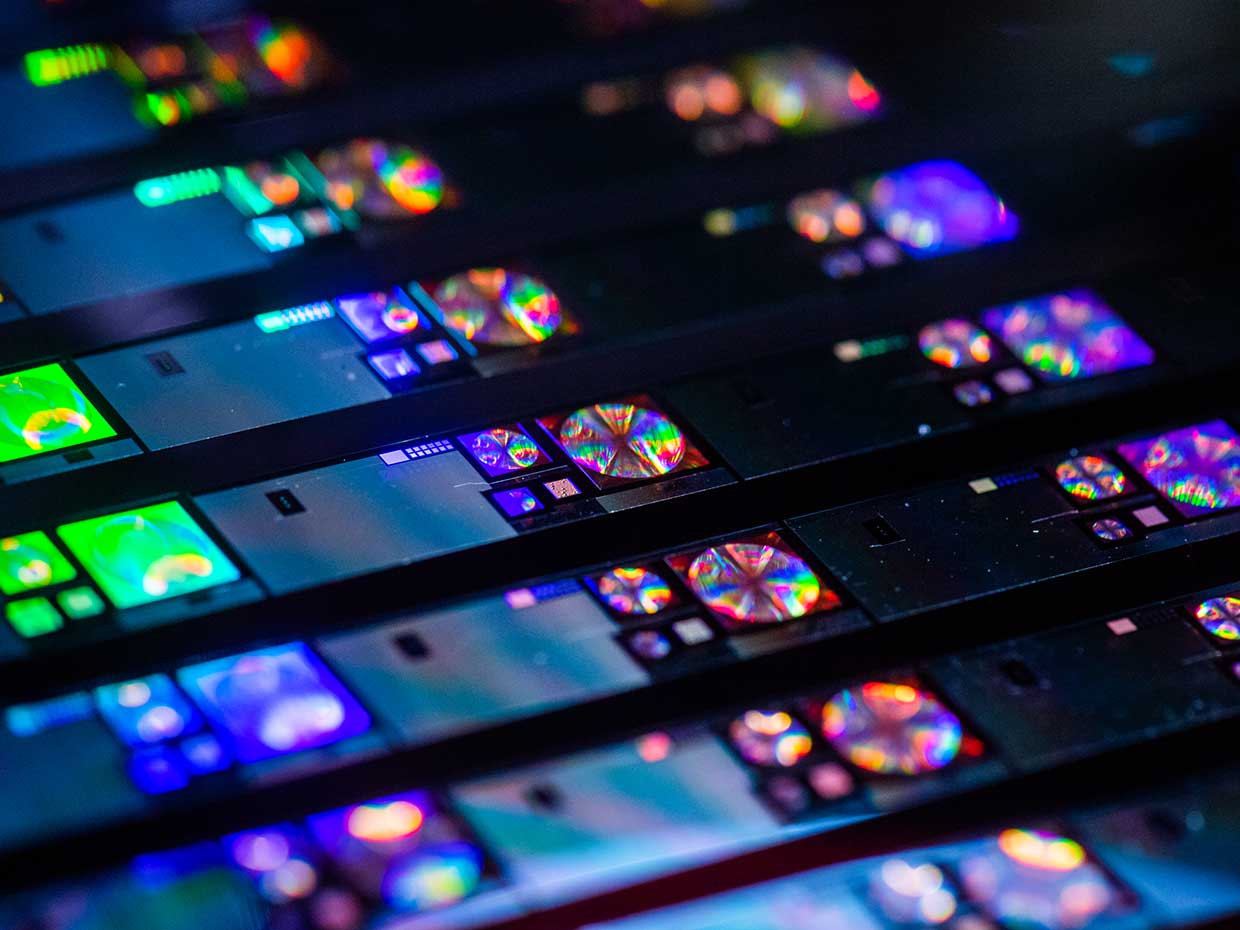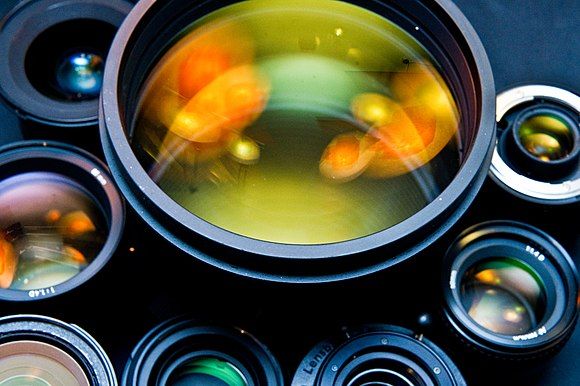
Today’s smart phones take very good pictures – each picture can consist of one hundred megapixels. (For comparison, the images of the first iPhone camera had two megapixels…)
The increased quality depends on three things – lens, image sensor and software.
The early mobile cameras had a single lens as a lens. The latest model from iPhone has three cameras (!) And the same number of lenses. Each lens is made up of a number of lenses to ensure sharpness and straight lines, whether it is a telephoto lens or wide angle. One of these cameras consists of seven lenses.
With higher quality images, the cameras have taken up more space, resulting in “warts” on the phone. This is where Metalenz comes in …
Using a sensor built of nanoelements, Metalenz captures light, which is registered in the mobile’s sensor. There will therefore be no need for space-consuming lenses in the mobiles of the future – that space can be used for other things – and the new kind of camera draws less energy.
Metalenz ‘solution is based on nano-elements that sit on a glass surface corresponding to one square millimeter. In a microscope you see a small forest – an ordered nanostructure that is made up of components that correspond to a thousandth of a human hair.
The nanostructure handles everything that a traditional lens does – lets light through, corrects the color spectrum, ensures that lines remain straight. The “lens” lets more light through than a traditional lens and gives a (even) sharper result.
Metalenz aims for their lenses to be in a mobile phone before the end of the year. It already has an agreement with a manufacturer that can produce one million lenses – a day.

The project was started at Harvard by Robert Devlin. It took ten years to develop the idea, and they have just opened up to external investors in the company they formed.
The thing is that Metalenz’s solution will also be able to be used for so much more than taking photos. How about the robot that picks tomatoes can determine exactly when the tomato is ripe to be picked? (It comes in a version that acts as a spectrometer.)
Let’s see, how many millions of mobile phones are sold each year….? This can be big, very big.
Make the future come sooner!





